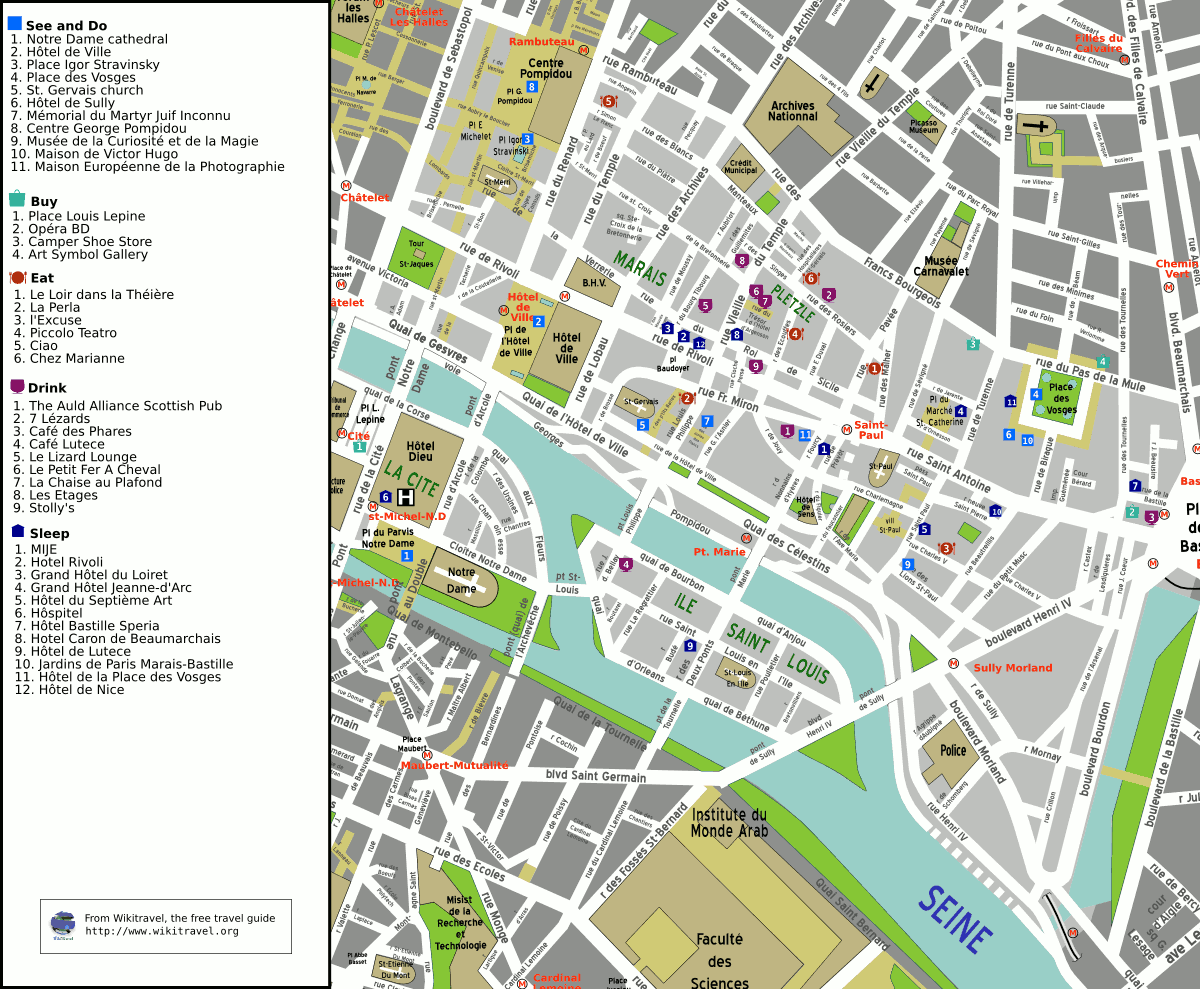4th Arrondissment: Difference between revisions
| Line 26: | Line 26: | ||
:* -- [[Île Saint-Louis]] -- Home of the Chantry of Tremere in Paris. | :* -- [[Île Saint-Louis]] -- Home of the Chantry of Tremere in Paris. | ||
:* -- [[Le Marais]] | :* -- [[Le Marais]] | ||
:* -- [[Lycée Charlemagne]] | |||
:* -- [[Rue des Rosiers]] | :* -- [[Rue des Rosiers]] | ||
:* -- [[Maison européenne de la photographie]] | :* -- [[Maison européenne de la photographie]] | ||
:* -- [[Marché aux fleurs et aux oiseaux Cité]] | :* -- [[Marché aux fleurs et aux oiseaux Cité]] | ||
:* -- [[Musée Boleslas Biegas]], [[Musée Adam Mickiewicz]], and [[Salon Frédéric Chopin]] | :* -- [[Musée Boleslas Biegas]], [[Musée Adam Mickiewicz]], and [[Salon Frédéric Chopin]] | ||
:* -- [[Musée de la Magie]] / [[Musée des Automates]] | :* -- [[Musée de la Magie]] / [[Musée des Automates]] | ||
:* -- [[Notre-Dame de Paris]] | :* -- [[Notre-Dame de Paris]] | ||
:* -- [[Place Louis Lépine]] | |||
:* -- [[Place des Vosges]] | |||
:* -- [[Paris Morgue]] | :* -- [[Paris Morgue]] | ||
:* -- [[Pavillon de l'Arsenal]] | :* -- [[Pavillon de l'Arsenal]] | ||
Revision as of 22:14, 8 February 2025

The 4th arrondissement of Paris is also known as "arrondissement de l'Hôtel-de-Ville".
Situated on the Right Bank of the River Seine, it is bordered to the west by the 1st arrondissement; to the north by the 3rd, to the east by the 11th and 12th, and to the south by the Seine and the 5th.
The 4th arrondissement contains the Renaissance-era Paris City Hall. It also contains the Renaissance square of Place des Vosges, the overtly modern Pompidou Centre and the lively southern part of the medieval district of Le Marais,(while the more quiet northern part of Le Marais is contained inside the 3rd arrondissement). The eastern parts of the Île de la Cité (including Notre-Dame de Paris) as well as the Île Saint-Louis are also included within the 4th arrondissement.
The 4th arrondissement is known for its little streets, cafés, and shops but is often regarded by Parisians as expensive and congested.
History
The Île de la Cité has been inhabited since the 1st century BC, when it was occupied by the Parisii tribe of the Gauls. The Right Bank was first settled in the early Middle Ages (exactly: In the 5th century). Since the end of the 19th century, le Marais has been populated by a significant Jewish population, the Rue des Rosiers being at the heart of its community, with a handful of kosher restaurants. Since the 1990s, gay culture has made an impact on the arrondissement, opening a number of bars and cafés in the area by the town hall.
Important Places
- -- Bazar de l'Hôtel de Ville department store
- -- Bibliothèque de l'Arsenal
- -- Centre Georges Pompidou
- -- Dorfmans Palace -- A performance venue
- -- Hôtel-Dieu hospital
- -- Hôtel de Sens
- -- Hôtel de Sully, on the site of a former orangery
- -- Hôtel de Ville, Paris
- -- Île Saint-Louis -- Home of the Chantry of Tremere in Paris.
- -- Le Marais
- -- Lycée Charlemagne
- -- Rue des Rosiers
- -- Maison européenne de la photographie
- -- Marché aux fleurs et aux oiseaux Cité
- -- Musée Boleslas Biegas, Musée Adam Mickiewicz, and Salon Frédéric Chopin
- -- Musée de la Magie / Musée des Automates
- -- Notre-Dame de Paris
- -- Place Louis Lépine
- -- Place des Vosges
- -- Paris Morgue
- -- Pavillon de l'Arsenal
- -- Prefecture of Police
- -- Quai des Célestins (Paris)
- -- Saint-Jacques Tower
- -- St-Gervais-et-St-Protais Church
- -- Saint-Louis-en-l'Île Church
- -- Salle des Traditions de la Garde Républicaine
- -- Square du Temple, fortress and later prison
- -- Temple du Marais